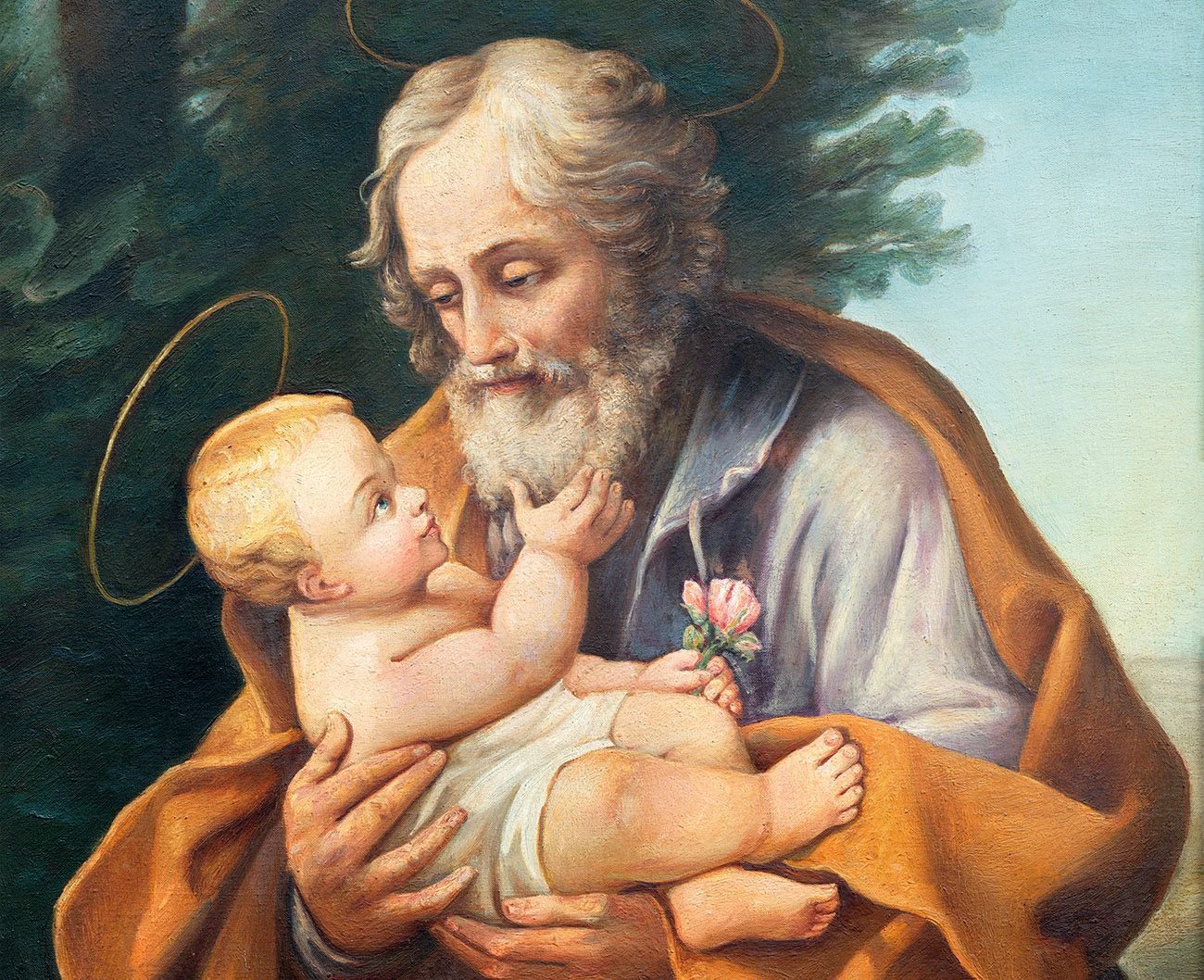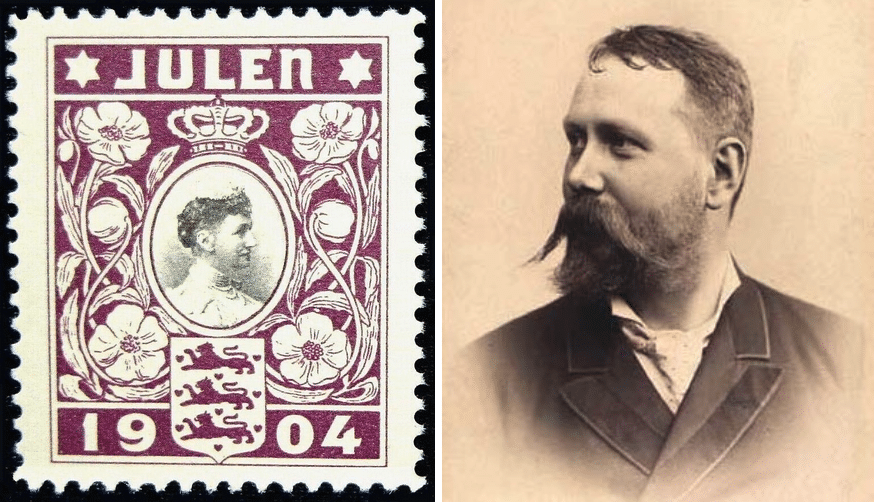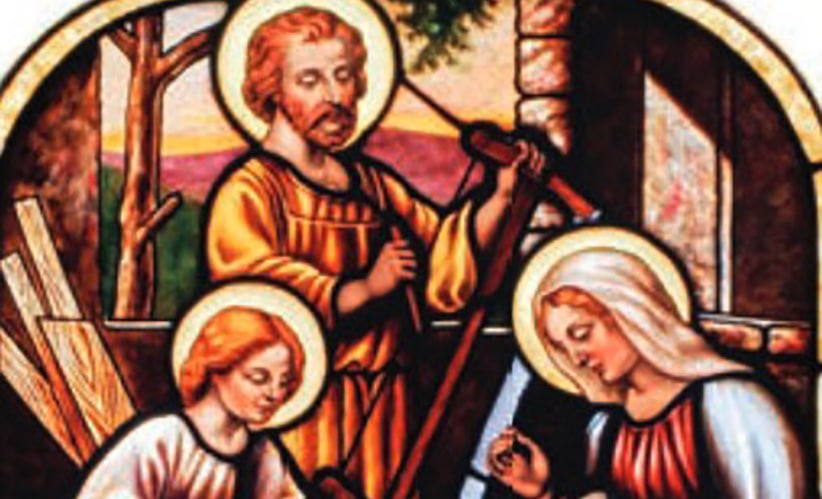At the end of Matthew’s Gospel, Jesus gives his followers the threefold task of the Church throughout the ages: 1) “make disciples of all nations”; 2) “baptizing them in the name of the Father and of the Son and of the Holy Spirit”; and 3) “teaching them to obey everything I have commanded.”
In its earliest days, the Church developed statements of belief to guide these foundational activities. The Church’s evangelizing mission to the nations was aided by concise statements proclaiming the identity of Jesus and his saving work, many of which are preserved in St. Paul’s speeches and letters. The Church’s baptizing mission was accompanied by a profession of God as Father, Son and Holy Spirit. The Church’s teaching mission was facilitated with summaries of Jesus’ instructions and the central truths of the faith. In the ancient Church, the creed was instrumental in fulfilling this threefold ministry of the Church, and it continues to serve these same purposes today.
Yet, the early Church knew that it is not the articulation of the creed that brings people to faith. It is the ongoing presence of Jesus with his Church through the Spirit. The last verse of Jesus’ instructions insures his followers of the reality behind the words: “And remember, I am with you always, to the end of the age” (see Mt 28:20). In the Church’s evangelization, sacramental ministry and ongoing formation of disciples, the presence of Jesus is the heart, but the creed helps the Church to carry out the tasks that Jesus commanded with the guidance of the Holy Spirit.
We don’t believe in statements of faith, but in those realities they express. Yet, we approach these realities with the help of formulated statements that allow us to express the faith and hand it on, to celebrate it in communal worship, to assimilate it in prayer, and to live it more fully in active witness in the world. Here are some of the most important purposes of the creed:
Central truths
The creed is a summary of the central truths of Christian faith. It is not intended to be a complete compendium of beliefs expressed in the Bible. It focuses, rather, on the fundamental truths that characterize the life of a Christian believer. As an acorn contains all the elements of a large and verdant tree, the creed condenses into a few words the great faith contained in the Old and New Testaments.
As the authentic and authorized summary of Christian truth, the creed is a symbol of the faith of the whole Church. It provides a sign of reception into the Church and of membership in the community of faith. By reciting the creed, we state our personal and communal identity. We affirm that we are united in faith with the ancient Church and with our fellow believers.
The creed was never meant to be a substitute for personal faith, for a trusting relationship with God. The creed, rather, gives substance to our personal faith. We profess our faith not in the words but in the reality to which they point.
Reciting the creed does not make us Christians, but it reminds us of the truths of our salvation and gives us an opportunity to personally affirm them.
Rule of faith
The creed is the rule of faith for the Christian life. It supplies a map that lays out the fundamental contours of how the Christian thinks about God and the history of salvation. This map of belief synthesizes the Christian faith and prevents the believer from taking a wrong turn and getting lost. It marks the boundaries of Christian belief and protects the Church’s essential teachings.
Before the Church had a relatively fixed creed, the early theologians referred to the Church’s communal self-consciousness as the regula fidei (“rule of faith”). Although it was articulated in various forms, it presented the essential beliefs inherited from the apostles and passed on through the Church. This was understood as the faith which was held “always, everywhere, and by all” (St. Vincent of Lerins, The Commitorium, 4, 3) and assured by the Holy Spirit.
This rule of faith, soon to be called a creed, expressed the faith which converts received from the teaching Church and were to keep as the standard for their subsequent life. With this rule of faith, Christians were able to interpret the Scriptures according to the mind of the Church and test all other doctrines presented to them.
Throughout the Church’s history, the creed has served as this standard of belief which tests all others and serves the Church as the expression of its common faith.
In Christian theology, it evaluates theological opinions by testing them for consistency against what has been firmly believed. As a synthesis of the Gospel, the creed helps us understand its meaning and guides us in applying the principles of Scripture to the Christian life.
Renewal of baptismal vows
The creed is a renewal of the faith professed at baptism. Since the Church’s early centuries, those about to be baptized have professed their belief in God the Father, Son and Holy Spirit, and their desire to be immersed in the divine life. This baptismal creed not only states the personal belief of the new Christian in the Trinity, but it articulates the implications of entering into a new life.
Belief in the Father, Son and Holy Spirit points to the believer’s new relationship, not only with the risen Lord, but with God, through the agency of the Holy Spirit. St. Paul says to the Churches in Galatia, “In Christ Jesus you are all children of God through faith. As many of you who were baptized into Christ have clothed yourselves with Christ” (Gal 3:26-27). In baptism we receive the Spirit of the Son, giving us the status of adopted children of God. “God has sent the Spirit of his Son into our hearts, crying, ‘Abba! Father!’ So you are no longer a slave but a child, and if a child then also an heir, through God” (Gal 4:6-7).
This baptismal experience is what Christians remember and renew whenever we profess the creed, especially in the Sunday eucharistic assembly. We stand together as God’s family, as brothers and sisters of Jesus Christ, through the power of the Holy Spirit. We continue the work that Jesus began, calling God “our Father” and destined to share his inheritance. The words of the creed reaffirm the truths on which we have staked our lives as well as our desire to live the divine life we received at baptism ever more fully.
Liturgical prayer
The creed is the Church’s liturgical prayer. Professing the creed in public worship reminds us that being a Christian means belonging to the Church. It reminds us of the corporate dimensions of faith and helps to correct any unhealthy individualism. By reciting the creed in the context of the Mass, the profession of faith becomes an integral part of the great prayer of thanksgiving we offer to God in the eucharistic liturgy.
Some of the psalms and canticles of the Old Testament give praise to God simply by recounting all the deeds he did on behalf of his people. For this reason, these biblical hymns were part of the worship of God’s people in the temple of Jerusalem. Likewise, in the creed we praise God for who he is and for what he has done for us. We worship and glorify God as Father, Son and Holy Spirit. In addition to being a statement of beliefs, the creed is a prayer addressed to God in which we entrust ourselves to him in gratitude.
In liturgy we give God thanks and entrust ourselves to God together. We proclaim publicly that we are a people defined by the words we profess. Although each person may believe the statements of the creed in slightly different ways or with different degrees of intensity, the worshipping assembly chooses to stand together, united under these truths.
Evangelization tool
The creed is a springboard for evangelization. The believer has received faith from other people and should desire to hand it on to others. Our love for God and other people, and the gratitude we feel for our faith, should impel us to speak to others about it. Yet, evangelization is difficult, especially if we haven’t thought much about the content of our faith.
The creed is an ideal starting point for the crucial process of consolidating our grasp of the faith. It offers the Christian vision of the world’s origins, meaning and destiny, and presents God’s saving work in a clear and simple statement of beliefs. The creed is not complicated and ambiguous. It requires no hidden knowledge or superior intellect, and can be affirmed and understood by children as well as adults.
The creed focuses on what unites believers, rather than on what divides them. It thus encourages the kind of ecumenical understanding called for by the Church today. The statements of the creed establish strong and clear boundaries for Christian belief, but those boundaries do not become barriers that exclude those who might not yet be able to accept other points of doctrine.
As we study the ancient confessions of the Church, we develop our ability to express our faith in tune with the received wisdom of the ages. In our confused and creedless age, which hesitates to acknowledge any unchanging truth, our testimony to the ancient wisdom of the Church and the guidance of God’s Spirit can offer refreshment and confidence to those seeking the unconditional truth and love of our saving God. By articulating our own experience of faith in union with the words of the creed, we cultivate Christian testimony worthy of the Lord to whom we witness.







